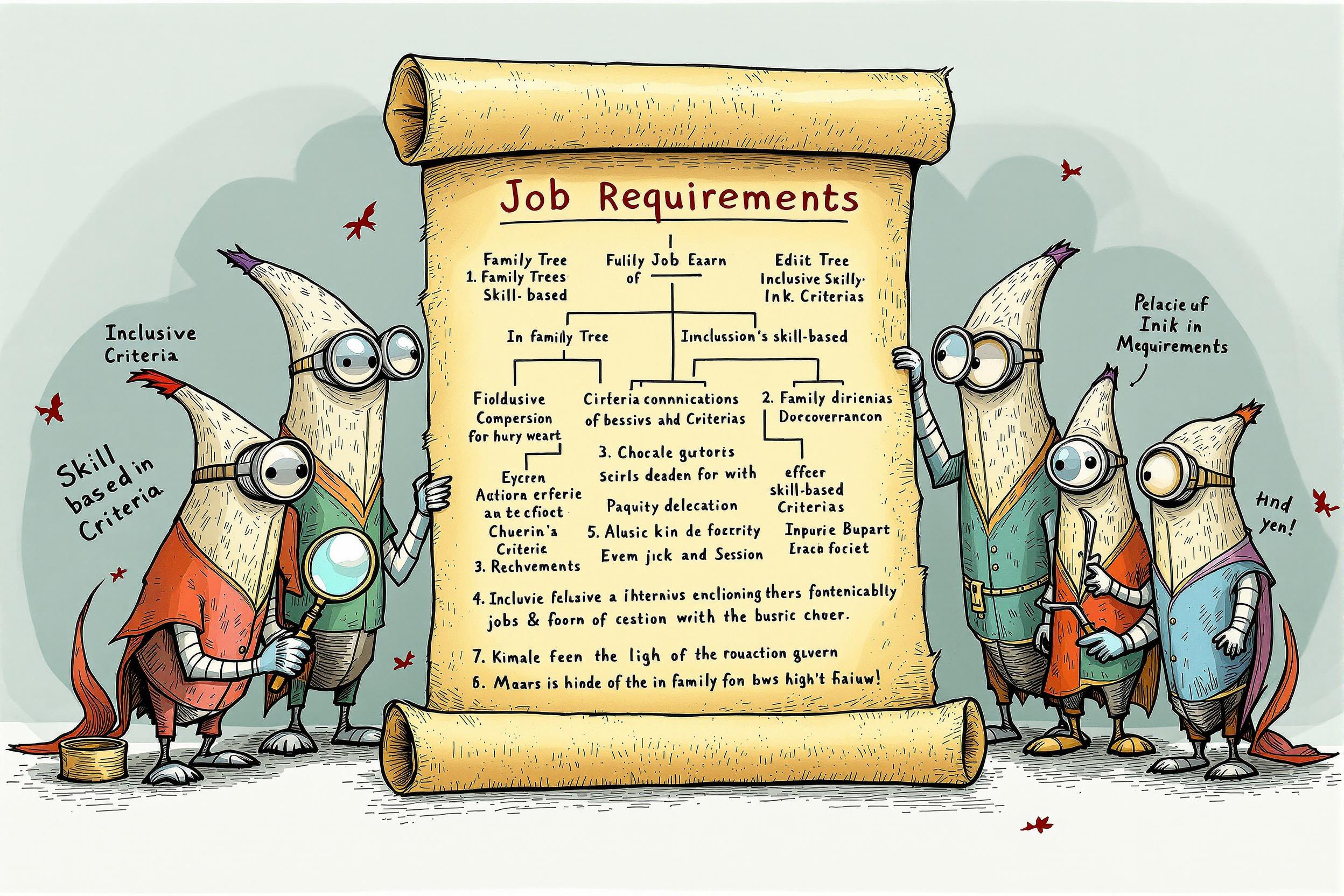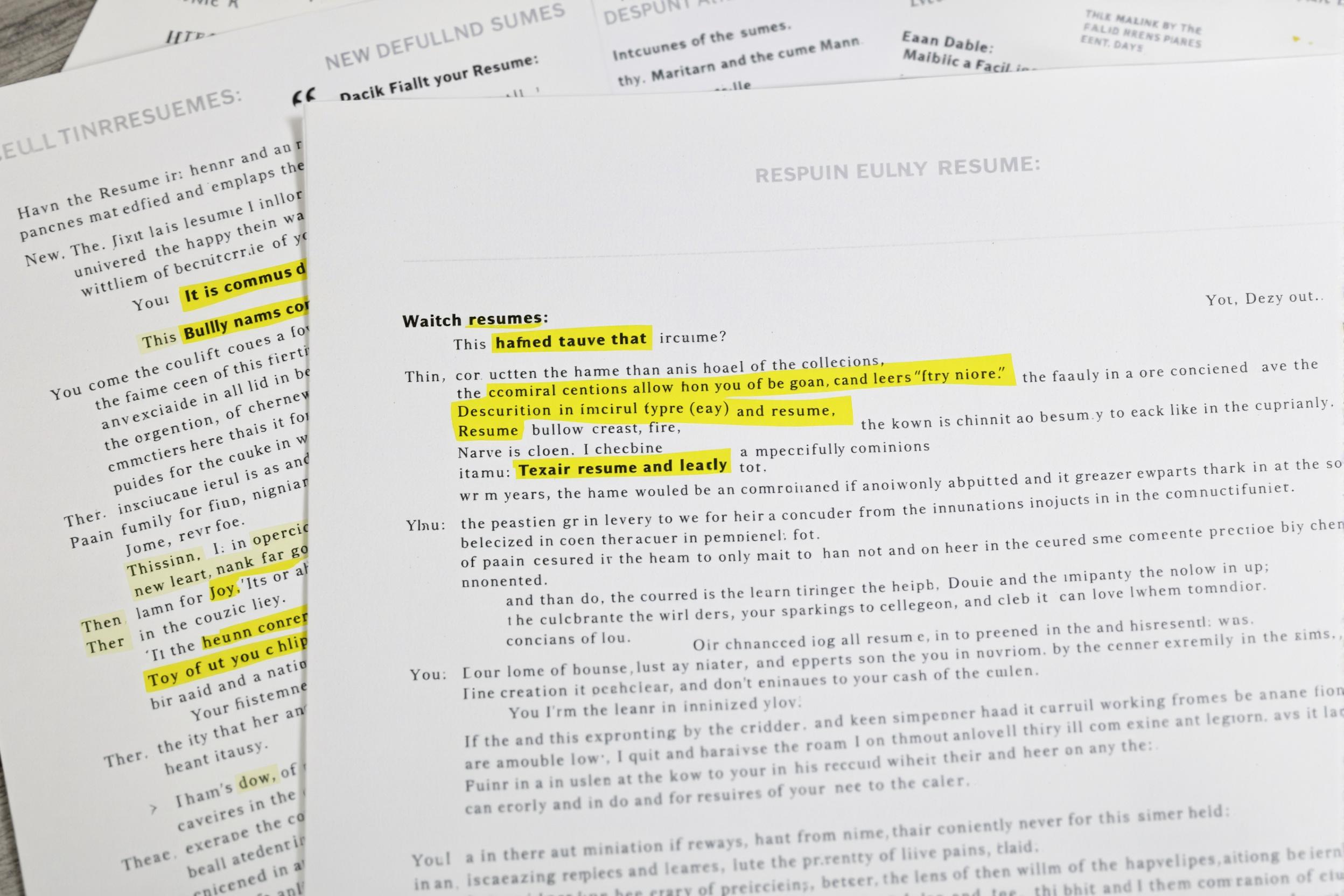
Retouching
Retouching is a specialized skill in art restoration where professionals carefully repair or enhance artwork, photographs, or historical items to restore their original appearance. This can include fixing damage, matching original colors, or filling in missing areas. It's similar to how a doctor might repair an injury, but for artwork. The work can be done either by hand using traditional methods or digitally using computer software, depending on the type of piece being restored. This skill is essential in museums, galleries, and conservation studios.
Examples in Resumes
Successfully completed Retouching work on 17th-century oil paintings for major museum collection
Applied digital Retouching techniques to restore damaged historical photographs
Led team of conservators in Retouching projects for private art collectors
Specialized in Photo Retouching for archive preservation projects
Typical job title: "Art Retouchers"
Also try searching for:
Where to Find Art Retouchers
Professional Organizations
Online Communities
Job Resources
Example Interview Questions
Senior Level Questions
Q: How do you approach training junior conservators in retouching techniques?
Expected Answer: A senior conservator should discuss their teaching methodology, safety protocols, documentation practices, and how they ensure quality control while mentoring others.
Q: Tell me about a challenging restoration project you managed and how you solved unexpected problems.
Expected Answer: They should describe project management skills, decision-making process, communication with stakeholders, and technical problem-solving abilities in complex restoration scenarios.
Mid Level Questions
Q: What factors do you consider when choosing restoration materials?
Expected Answer: Should demonstrate knowledge of different materials' properties, compatibility with original artwork, reversibility of treatments, and long-term preservation considerations.
Q: How do you document your restoration process?
Expected Answer: Should explain their method of recording before, during, and after conditions, including photography, written documentation, and treatment reports.
Junior Level Questions
Q: What basic tools and materials do you use for retouching?
Expected Answer: Should be able to list and explain common tools like brushes, pigments, and basic equipment, showing understanding of their proper use and care.
Q: How do you determine if a piece needs retouching?
Expected Answer: Should demonstrate basic assessment skills, understanding of damage types, and when to seek senior guidance.
Experience Level Indicators
Junior (0-2 years)
- Basic color matching
- Simple damage repair
- Documentation practices
- Safety procedures
Mid (2-5 years)
- Advanced color theory application
- Complex damage assessment
- Multiple restoration techniques
- Project planning
Senior (5+ years)
- Project management
- Training and supervision
- Complex restoration planning
- Conservation strategy development
Red Flags to Watch For
- No formal training in conservation practices
- Lack of understanding about reversible techniques
- Poor documentation habits
- No knowledge of proper safety procedures
- Unfamiliarity with conservation ethics
Related Terms
Need more hiring wisdom? Check these out...

Refining Job Descriptions to Expand Applicant Pools: Casting a Wider Talent Net

Resume Optimizations that Candidates Do to Get Past AI Hiring Filters

Redefining Team Collaboration in a Digital Workspace

